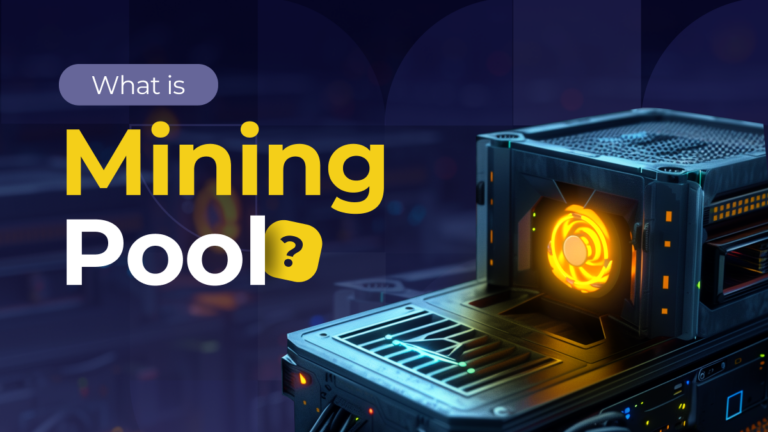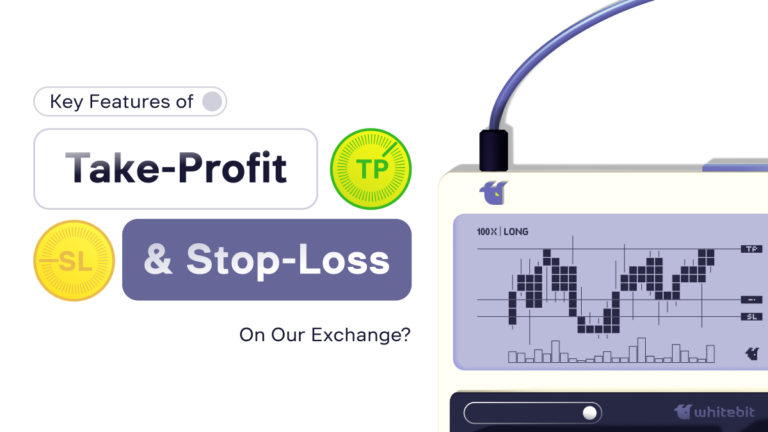What Is Hash Rate and Why Does It Matter?

Content
Cryptocurrency mining is a fascinating yet complex field, and one of its key concepts is hash rate. Understanding hash rate is crucial for miners, investors, and anyone interested in the crypto market. In this article, we will explore what hash rate means, its role in cryptocurrency mining, how it works, the factors influencing it, how to measure it, and what happens when it fluctuates. We will also dive into the specifics of Bitcoin (BTC) hash rate and wrap up with some frequently asked questions.
What Does Hash Rate Mean?
Hash rate refers to the computational power used in cryptocurrency mining. Specifically, it measures the number of hash calculations that a miner can perform in one second. Hash rate meaning represents a digital fingerprint created by a cryptography algorithm. For example, Bitcoin uses the SHA-256 algorithm, which generates a fixed-length string of characters representing a piece of data.
How to calculate hash rate? The hash rate is typically measured in hashes per second (H/s). Depending on the scale of mining operations, it can also be expressed in kilohashes (KH/s), megahashes (MH/s), gigahashes (GH/s), terahashes (TH/s), and even exahashes (EH/s). Essentially, the higher the hash rate, the more attempts a miner can make to solve complex mathematical problems, increasing their chances of earning cryptocurrency rewards.
The Role of Hash Rate in Cryptocurrency Mining
Hash rate plays a critical role in the mining process. In simple terms, mining is the process of validating transactions and adding them to a blockchain. Miners use powerful hardware to solve intricate mathematical puzzles, which require significant computational effort.
When miners successfully solve these puzzles, they are rewarded with cryptocurrency and the right to add a new block to the blockchain. Higher hashrates increase the likelihood of solving these puzzles more quickly, thus earning rewards more often. This is particularly important in proof-of-work (PoW) cryptocurrencies like Bitcoin, where the mining process is competitive.
In addition, hash rate contributes to the overall security of the blockchain network. A higher hash rate means more computational power or hash power is needed to launch a successful attack, making it harder for malicious actors to manipulate the blockchain.
How Hash Rates Work
Hash rates work through a combination of hardware capabilities and algorithm efficiency. When miners run mining software, their hardware—be it a CPU, GPU, or specialized ASIC miner—performs thousands or millions of hash calculations per second.
For instance, Bitcoin miners using ASIC devices can achieve crypto hash rate in the range of TH/s. The miner’s software continuously hashes the block header, which includes information about the previous block, the current transactions, and a nonce (a random number). The goal is to find a hash value that meets specific criteria set by the Bitcoin protocol.
Once a miner finds a valid hash, they broadcast it to the network, and other nodes verify the solution. If confirmed, the miner adds the new block to the blockchain and receives the associated block reward.
Factors Influencing Hashrate
Several factors can influence hash rates, including:
- Hardware Performance: The type and efficiency of the mining hardware significantly affect hash rate. ASIC miners are generally faster than GPUs and CPUs.
- Mining Difficulty: The Bitcoin network adjusts its mining difficulty approximately every two weeks to ensure that blocks are added to the blockchain roughly every 10 minutes. As more miners join the network and the hash rate increases, the difficulty rises, affecting individual miner performance.
- Electricity Costs: Mining requires substantial energy, and the cost of electricity can impact profitability. Miners in regions with lower electricity costs may achieve higher effective hash rates.
- Network Health: The overall health and performance of the blockchain network can also influence hashing power. A robust and secure network attracts more miners, increasing the total hash rate.
- Software Efficiency: The mining software used can optimize how hardware performs, potentially improving hash rates.
How to Measure Hash Rate
Measuring hash rate can be done in several ways:
- Mining Software: Most mining software provides real-time statistics, including hash rate, for the miner’s hardware. This data is often displayed on dashboards.
- Mining Pools: If you are part of a mining pool, the pool’s dashboard will typically show the combined hash rate of all participants, along with your individual contribution.
- Third-party Websites: Various websites track network-wide hash rates for specific cryptocurrencies, providing an overview of the entire ecosystem.
For example, if you are using an ASIC miner, the manufacturer’s specifications will indicate the device’s hash rate, which you can compare against the performance data provided by your mining software.
What Happens When the Hash Rate Increases or Decreases?
When the hash rate increases, it indicates more miners are joining the network or existing miners are upgrading their hardware. This can lead to several outcomes:
- Increased Security: A higher hash rate enhances network security by making it more difficult for attackers to take control of the blockchain.
- Mining Difficulty Adjustment: The network may adjust its mining difficulty upwards, making it harder to mine new blocks and potentially lowering the frequency of block rewards for miners.
Conversely, a decrease in hash rate can suggest that miners are leaving the network, possibly due to reduced profitability or increased competition. This can result in:
- Decreased Network Security: A lower hash rate makes the network more vulnerable to attacks.
- Difficulty Adjustment: The network may lower the mining difficulty to incentivize miners to return, allowing them to earn rewards more easily.
What Is Bitcoin Hashrate?
Bitcoin’s hash rate is a critical indicator of the network’s overall health and security. Bitcoin hash rate measures the computational power that miners employ to validate and process transactions on the Bitcoin network. It is quantified by the number of calculations that mining equipment can execute per second. A hash is an alphanumeric code generated randomly, and hashing involves the process of attempting to guess this code. Even though the hashrate of Bitcoin changes frequently, questions like “what is the hash rate of bitcoin?” is a popular Google request.
Monitoring BTC hashrate can provide insights into market dynamics. For instance, a rapid increase in the hash rate of bitcoin often coincides with bullish market trends, as miners seek to capitalize on rising prices.
What about Ethereum (ETH), one might ask? After Ethereum transitioned from Proof of Work (PoW) to Proof of Stake (PoS) with the Ethereum 2.0 upgrade (also known as “The Merge”), it no longer relies on a hash rate. In the PoW system, the hash rate measured the computational power used by miners to validate transactions and secure the network. However, in the PoS system, validators are selected to create new blocks and confirm transactions based on the amount of ETH they “stake” or lock up as collateral, not on computational power.
The Bottom Line
Hash rate is a fundamental aspect of cryptocurrency mining, influencing everything from security to profitability. Understanding the bitcoin network hash rate helps miners make informed decisions about hardware, software, and strategies. Whether you are a seasoned miner or a newcomer, grasping the concept of mining hashrate will enhance your ability to navigate the complex world of cryptocurrency mining.












